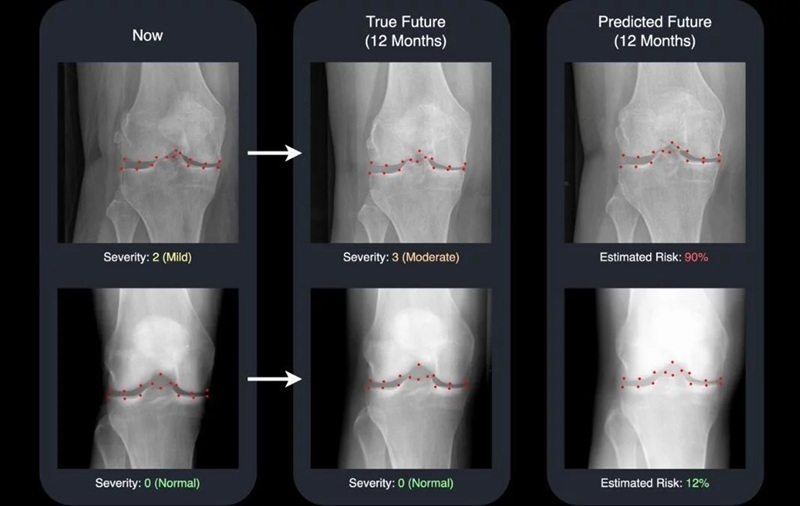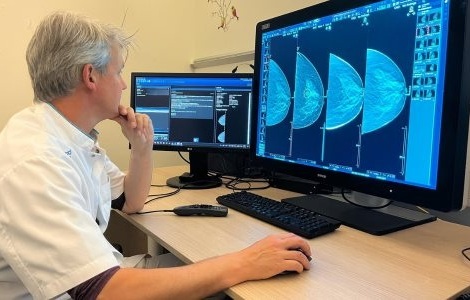Vegetable Compound Found to Protect Against Radiation
By MedImaging International staff writers
Posted on 28 Oct 2013
Researchers have reported that a compound found in cruciferous vegetable such as cauliflower, cabbage, and broccoli shields rats and mice from lethal doses of radiation.Posted on 28 Oct 2013
Their study, published October 15, 2013, in the journal Proceedings of the National Academy of Sciences of the United States of America (PNAS) suggests the compound, already demonstrated to be safe for humans, may protect healthy tissues during radiotherapy for cancer treatment and prevent or lessen sickness caused by radiation exposure.
The compound, known as DIM (3,3'-diindolylmethane), previously has been found to have cancer preventive properties. “DIM has been studied as a cancer prevention agent for years, but this is the first indication that DIM can also act as a radiation protector,” stated the study’s corresponding author, Eliot Rosen, MD, PhD, of Georgetown University Lombardi Comprehensive Cancer Center (Washington DC, USA).
The scientists irradiated rats in the study with lethal doses of gamma ray radiation. The animals were then treated with a daily injection of DIM for two weeks, starting 10 minutes after the radiation exposure. The result was amazing, according to Dr. Rosen, a professor of oncology, biochemistry, cell and molecular biology, and radiation medicine. “All of the untreated rats died, but well over half of the DIM-treated animals remained alive 30 days after the radiation exposure.”
Dr. Rosen added that DIM also provided protection whether the first injection was administered 24 hours before or up to 24 hours after radiation exposure. “We also showed that DIM protects the survival of lethally irradiated mice,” Dr. Rosen said. Furthermore, irradiated mice treated with DIM had less reduction in red blood cells, white blood cells and platelets—side effects often seen in patients undergoing radiation treatment for cancer.
Dr. Rosen noted that this study revealed two potential uses of the compound. “DIM could protect normal tissues in patients receiving radiation therapy for cancer, but could also protect individuals from the lethal consequences of a nuclear disaster.”
Rosen and study coauthors Saijun Fan, PhD, and Milton Brown, MD, PhD, are co-inventors on a patent application that has been filed by Georgetown University for the use of DIM and DIM-related compounds as radioprotectors.
Related Links:
Georgetown University Lombardi Comprehensive Cancer Center














